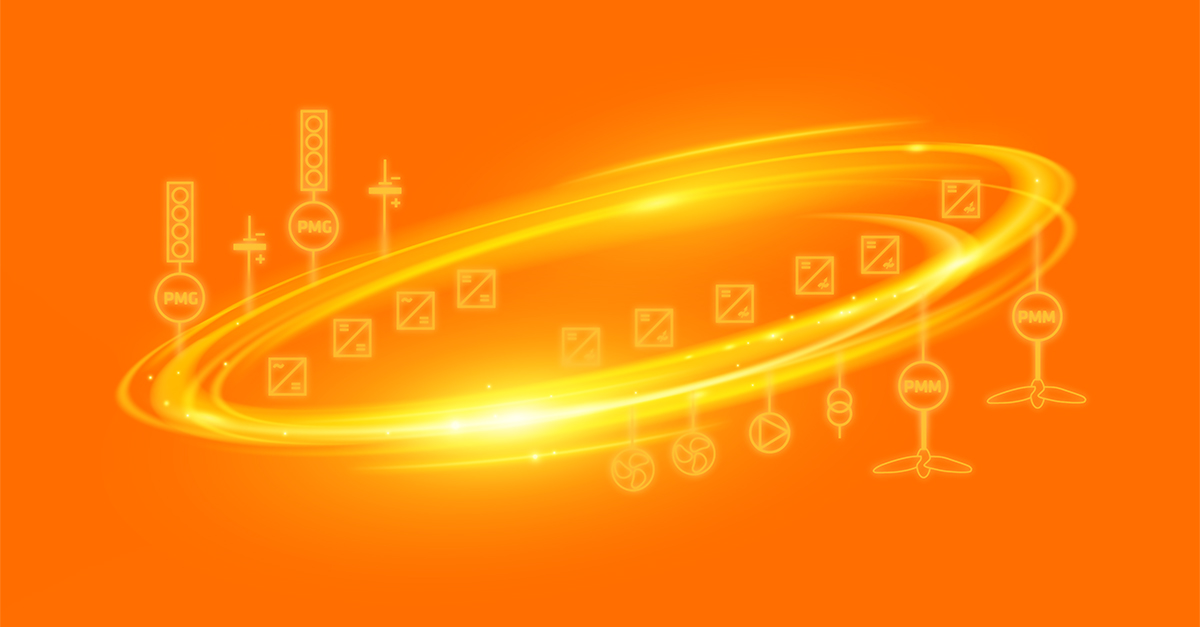with DC-Hub and EBL technology
Finland, September 2018 – Yaskawa Environmental Energy / The Switch has developed a maritime solution it believes provides shipowners with the flexibility to embrace any potential energy source, while saving money, increasing efficiency, and delivering optimal system redundancy. It is, according to Asbjørn Halsebakke, General Manager, Yaskawa Environmental Energy / The Switch Norway, the key to ‘future proofing’ fleets.
The Switch is a pioneer of advanced drive train technology, with over 1,000 marine power drives delivered to customers over the past decade. Its latest technology, the DC-Hub, uses this drive expertise to create what Halsebakke believes is a game-changer for smarter, greener maritime operations.
Delivering flexibility
“Nobody knows exactly what the future is going to bring in terms of energy sources,” he explains, “although we do know that, driven by regulations and the need for sustainability, the use of more environmentally friendly energy is imperative. Planning for an uncertain future in this regard is obviously problematic, so shipowners need to embrace a degree of flexibility. And that’s exactly what our DC-Hub provides.”
The Switch DC-Hub allows any potential power source to be easily connected to a vessel’s DC grid. This means shipowners can tailor the optimal energy mix for their purposes and, in Halsebakke’s words, be “ready for anything.”
Enabling the future
“We’re heading towards a renewable energy future,” he says, “and to enable that we need to be prepared to help owners and operators be as flexible as possible in terms of energy use, storage and creation. The DC-Hub’s ability to power vessel systems from any energy source is a key part of the puzzle.”
Alongside the technology’s flexibility, it offers simplicity – eliminating the need for a main AC switchboard – reliability and cost effectiveness. It allows vessel generators to run at optimal efficiency as batteries take the strain of any necessary load changes. This significantly cuts back on fuel consumption, maintenance requirements, operational costs and environmental impact. While in addition, if batteries are connected to the DC-Hubs, they can be utilized as standby power sources, enabling generators to be turned off entirely.
Optimal availability
Redundancy is provided by The Switch’s unique Electronic Bus Link (EBL) breaker, a key component of the DC-Hub.
“The EBL operates in the same way as a vessel’s bulkhead,” Halsebakke explains, “effectively isolating faults in a matter of microseconds. Fitted between a vessel’s DC-Hubs, it rapidly splits the grids, regardless of the nature and scale of the fault, and ensures ultimate availability of power, and safe, efficient on-going operations.”
He continues: “Having worked with shipowners for so many years, we understand their concerns and requirements intimately and are committed to providing solutions that deliver optimal reliability, efficiency, performance and peace of mind. The DC-Hub and EBL epitomize this drive, helping our customers plot the most profitable course into the new energy future.”
The Switch EBL recently successfully completed its first Factory Acceptance Test (FAT) in Trondheim, Norway, supervised by DNV-GL.
Yaskawa Environmental Energy / The Switch is currently in the process of developing its R&D capabilities to allow for drive train testing of up to 15 MW.
